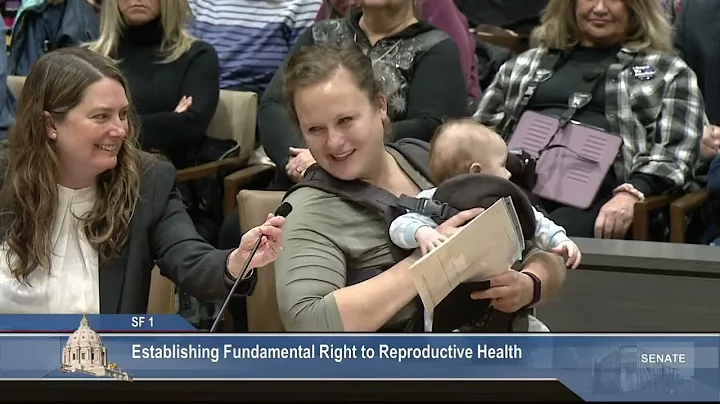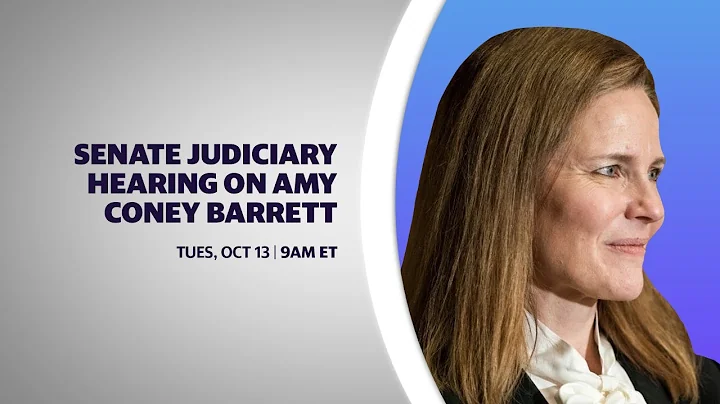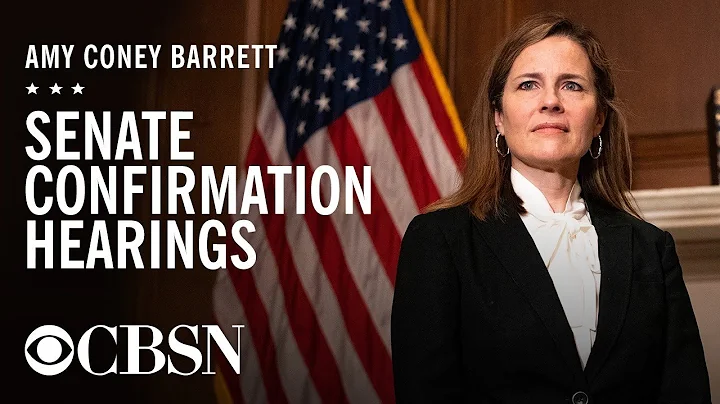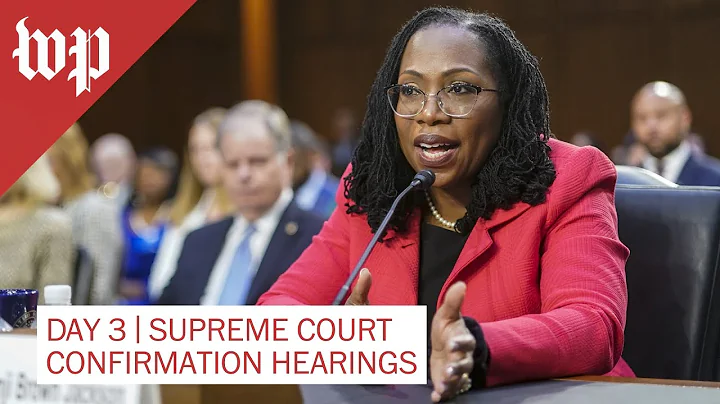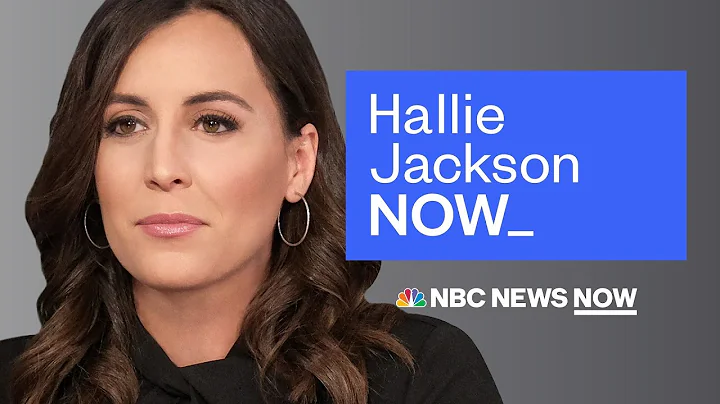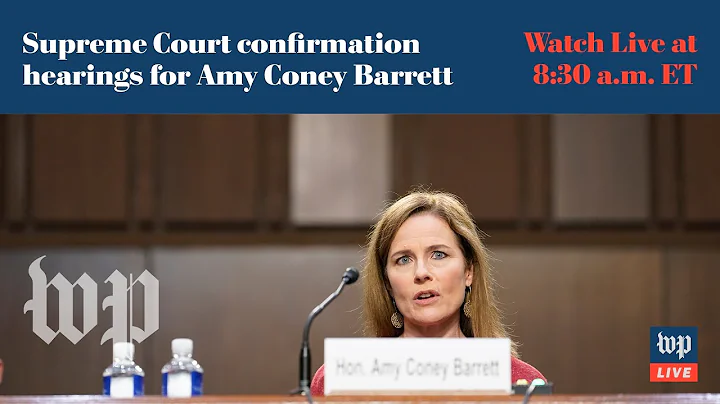 1
1
Overturning Roe v. Wade
Something big happened.
The U.S. Supreme Court made a ruling on June 24, overturning the 1973 "Roe v. Wade" case and ruling that women's abortion is not a right granted by the Constitution and is left to each state's own laws to decide. This decision may lead to abortion in the United States. It's illegal in 22 states.
In some US states, abortion is prohibited even in cases of incest or rape.
U.S. President Biden responded that day that the U.S. Supreme Court’s decision set the United States back 150 years. " Washington Post " stated that the United States is now one of only three countries in the 21st century that restricts abortion.

Today Shudan will talk to you about why it is a great tragedy for women to lose their right to abortion.
Let’s start with Roe v. Wade.
The protagonist of the Roe v. Wade case is a Texas woman named Sama McCovey, whose legal pen name is Jane Roe.
In August 1969, Luo was unmarried and unemployed. Due to an unwanted pregnancy, she planned to have an abortion, but was prohibited by Texas law. According to the state's law, women are only allowed to have abortions if they are conceived through rape. For this reason, Luo's friends suggested that she lie about being raped, but she was eventually rejected by the hospital due to lack of "evidence."
In 1970, lawyers Linda and Sarah filed a lawsuit on behalf of Rowe, accusing Texas Attorney Henry Wade, claiming that the state's law prohibiting abortion violated Rowe's right to privacy.
A Texas district court ruled that the woman was guilty of the charges but did not impose an injunction on Texas' anti-abortion laws.
On January 22, 1973, the U.S. Supreme Court ruled by a 7-2 majority that women have the right to abortion within three months of pregnancy.
At that time, only 4 states in the United States allowed women to have legal abortion to a large extent, and 16 states allowed abortion under specific circumstances.
The practical significance of Roe v. Wade is that because the Constitution is superior to state laws, after the U.S. Supreme Court made this ruling, the abortion bans in every state in the United States will automatically expire.  2
2
Choice and Life
said that "Roe v. Wade" is a landmark in the United States, and it is necessary to understand the social situation in the United States before and after this case.
In the 1960s, approximately 50,000 women died in childbirth in the United States every year, of which 20% were caused by illegal abortion or self-abortion.
This number is very high.
At that time, many journalists, through covert and covert investigations, exposed the inside story of illegal abortion to the world, causing social shock and thus promoting the implementation of anti-abortion laws.

In 1967, the National Organization for Women in the United States adopted a platform that believed that women have the right to control their own bodies and development, and proposed the legalization of abortion. The next year, the National Federation to Repeal Abortion Laws was formed, calling for the elimination of all abortion-criminalizing laws across the United States.
Although there are strong calls for women's abortion rights, until 1970, only New York State passed legislation legalizing abortion. It was against this background that the "Roe v. Wade" case was appealed to the U.S. Supreme Court. Its final decision became a classic paradigm in the United States in safeguarding women’s right to abortion.
Seeing this, I believe many readers will ask, since the "Roe v. Wade" case in the United States was the result of countless bloody lessons, why did it have to be abolished half a century later and let the United States What about women returning to their “darkest hour”?
To put it bluntly, this is an "American characteristic".
In the United States, many people, based on their religious beliefs, turn a blind eye to those women who are in dire straits due to lack of abortion rights. They are bastards who are determined to oppose women’s abortion rights. Some American politicians, in order to pursue their career, Use opposition to abortion as a panacea for electoral victory.
In the United States, those who support women's abortion rights are called "choice factions" and those who oppose women's abortion rights are called "life factions." The two factions are in the same boat, quarreling endlessly, and each has formed a huge interest group.

After the introduction of "Roe v. Wade", both groups were dissatisfied.
The “optionists” believe that the Supreme Court has not done enough and women should be given full abortion rights; the “lifeists” refer to religious articles, severely condemn abortion, and continue to use public opinion to put pressure on the government, many of which are illegal and criminal. act.
Since the 1970s, there have been hundreds of bombings, arson attacks, and attacks on abortion clinics across the United States.
At the end of the last century, mainstream social conservatism in the United States was on the rise, and successive presidents promulgated a series of bills restricting abortion.
In 2003, George W. Bush signed a "Late-term Abortion Prohibition Act", which stipulates that abortion is illegal except in cases where the mother and fetus may be disabled after birth.
And this time overturning "Roe v. Wade" is also a favorite of politicians.
According to CNN reports, the five justices who supported the overturning of the "Roe v. Wade" decision are all conservatives, and three of them were appointed when Trump was president.

 3
3
Pandora’s Box Open
Just imagine, if the law prohibits abortion, then the practice of abortion will not exist?
Of course not, the abortion phenomenon in the United States will return to the "underground" state of the 1950s and 1960s.
Texas, Arizona , Louisiana and other states have banned offline and online abortion clinic services in accordance with relevant laws, which has forced some women to "purchase" abortion drugs through social platforms. , leading to frequent counterfeit medicines and even deaths.
What’s even more frightening is that many young girls who have no experience in the world have no choice but to solve their own problems and resort to “local methods” because they cannot have abortions. In order to obtain an abortion, they poured laundry detergent, disinfectant, and even inserted iron drills into the uterus.
Some women even learned from the "coat hanger abortion method" more than 100 years ago and forced clothes hangers into their bodies. This method led to the death of a large number of pregnant women.

It is conceivable that as abortion is banned in various states in the United States, a large number of black clinics will appear. Black clinics that are not protected by law are breeding grounds for various crimes.
There is a movie based on real events, called " April, Three Weeks and Two Days ", which tells the story of abortions in black clinics.
The title of the film is "April, Three Weeks and Two Days", which is the time that the child in the belly of the protagonist Gabita survives. The story takes place in Romania in 1987. According to the country's laws at the time, abortion was illegal.
Gabita was horrified when she learned that she was pregnant. She did not dare to go to a regular hospital, so she found a "black clinic" through her friend Ottilie to perform a secret abortion.
Unexpectedly, the doctor was a rogue. Not only did he temporarily increase the price, but he also asked Ottilie to use her body in exchange. For the sake of her friends, Ottilie, who was in her menstrual period, endured humiliation and agreed to the doctor's request.

After satisfying her lust, the doctor began the abortion operation. He inserted a long, cold probe into Gabita's lower body, injected the medicine and then left.
In the end, the bloody fetus was wrapped in a plastic bag, and Otiya threw it from the tall building.
What is more tragic than the movie story is the drama played out in American reality.
A woman named Mitis had three children. Suddenly one day, she found out that she was pregnant again. Because the family was poor and could not afford to support her, she decided to have an abortion.
Unexpectedly, the police came to her door soon, searched her mobile phone, and found records of her purchasing abortion pills in her browsing history and chat history.
The local prosecutor prosecuted her and was charged with "second-degree murder". She was sentenced to a fine of $100,000 and three years in prison.
As Roe v. Wade is overturned, there will undoubtedly be more tragedies like Mittis, but this will not affect politicians in the United States who regard anti-abortion as their political achievement, raising champagne and celebrating their victory.
Hours after the U.S. Supreme Court overturned Roe v. Wade, Trump issued a statement praising the Supreme Court's decision, calling it "the greatest life victory in a generation."
Sadly, this so-called "greatest victory" has actually opened a Pandora's box of harm to women.



